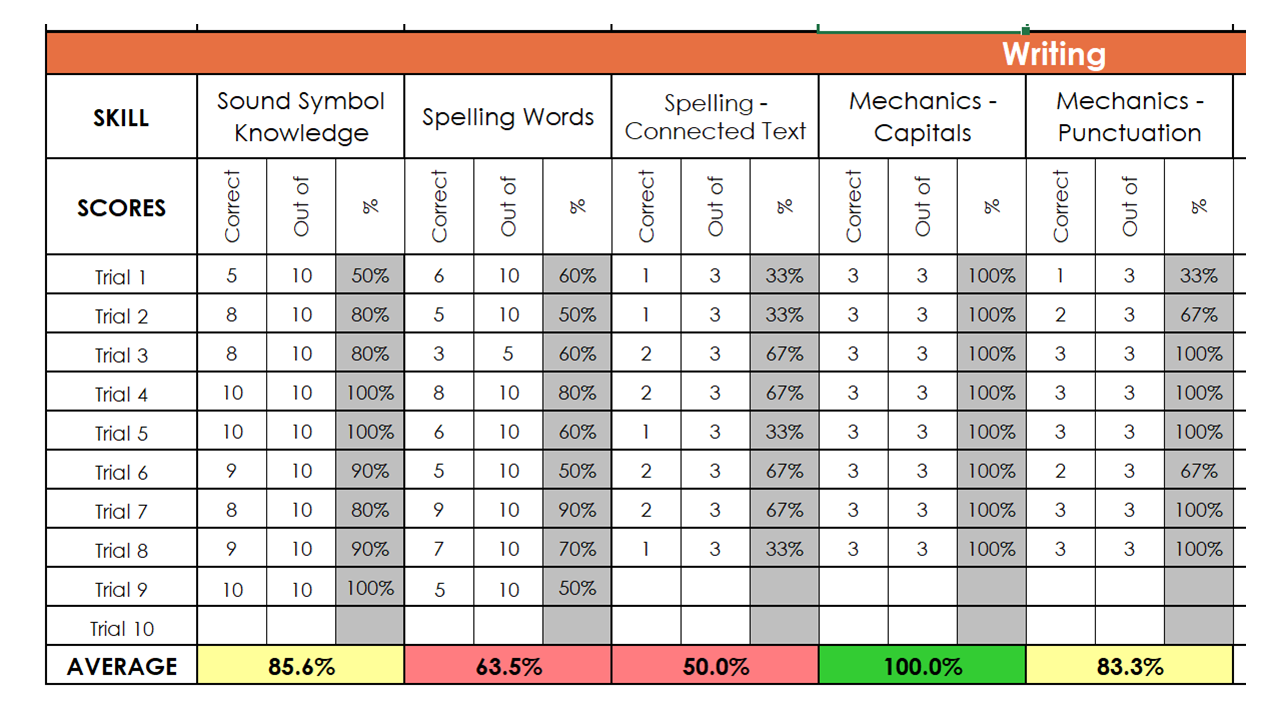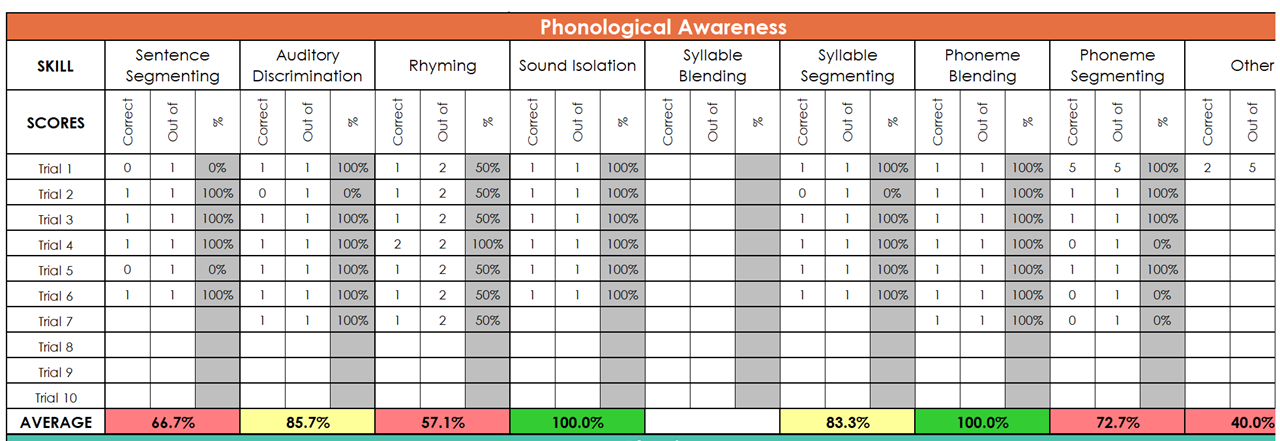This Should be Fueling Your Literacy Instruction
Hi friends,
Last week in one of our team meetings, we were talking about how reading intervention is kind of like driving a car.
Now, I am not very knowledgeable about cars (at all) but I know that in order to get somewhere, you need a few things.
First, the car needs gas.
Second, you need to know where you are going.
Without these things - the car is going to sit in the driveway and you’re not going to get anywhere.
Literacy intervention is kind of like driving a car.
When we look at intervention, we have 3-steps that we NEED to include if we want to get students to grade level as quickly as possible.
First, we need to put gas in the car. In your intervention - your data is your gas.
It is what should fuel your instruction. That’s why the first step (and the one we will dig deeper into today) is: assess.
Then, you need to know where you are going.
Designing your lessons is like the navigation system you use to get you to where you want to go.
Instead of just getting in the car and going (which is what we did to start so if you are still here that’s okay - but hear us out…) you need to have a clear outline. Your lessons should follow a scope & sequence (outlining all 5 Core Components of Literacy) and have a direction to follow. This is how you get to your end goal the fastest (we’ll talk more about this next week).
Finally, you need to implement your lessons.
You actually need to get into the car and drive. Sometimes, roadblocks or detours come up but you ultimately are working to get to your end destination.
As your journey progresses, you will need to repeat this process again and again until you reach your destination (in this case - until your student closes the gap).
The most efficient way for you to get students to close the gap (a.k.a. to get them to their destination) is to put gas in the car, know the route you are taking/how to get where you are going, and be prepared for anything that comes up along the way.
Over the next few weeks, we are going to take a deeper look at each of these components.
Let’s start with the gas that fuels your car on this journey…
Data - We have to assess our students’ abilities.
Evaluation Data
When we work with students, the first thing we do is gather as much data as we can. This could be evaluation data (either an evaluation from us or another professional), IEP data, school-provided data, etc.
For more information about evaluation and IEP data, check out all of our “Evaluation and Assessment” blogs >>here.<<
Baseline Data
After looking through a student’s evaluation and/or IEP data, we will administer a baseline assessment. This allows us to see exactly where our journey is starting and helps us design goals and lessons that will work best for that particular child (more on this next week).
With our baseline assessments, we typically administer a mix of standardized (norm-referenced) and curriculum-based assessments. For more information on the differences and the benefits of both of these assessment types, click >>here.<<
Lesson Data
As we work through our lessons from week to week, our data fuels our instruction. We will always target all 5-Core Components of Literacy in every lesson (so that students get explicit instruction on how they all tie together), but we may target one area more heavily if a student has a bigger gap in one area than another.
Weekly, we are looking at this data to see how they are progressing and we will tweak our intervention if necessary.
Repeat
As we work with students, we will continue to assess their abilities. Just like we have to add a few minutes to our trip to stop for gas, we also need to take some time every now and again to reassess and check in with our students.
We will administer a curriculum-based measure (seen here to the right) at the start of the level, a midpoint halfway through, and a final assessment. We complete standardized progress monitoring (like the Word Identification and Spelling Test seen below) every 4-6 months.
Something we hear a lot is “I don’t have time for progress monitoring.” If we think of intervention like driving, we can either add 10 minutes to our trip to stop for gas or we can add several hours if the car completely runs out of gas. Taking the time to progress monitor will save you time in the long run so that you always have up-to-date data fueling your instruction.
Data is truly the powerhouse behind getting students to close the gap…
…and we need it to fuel our intervention if we want it to be as effective as possible. A car with no gas is not going to work nearly as well as a car with gas.
For more information on data, you can check out our entire data-tracking series >>here.<<
We also wanted to share our How to Create SOR-Aligned Goals & Track Data. In this free workshop, you will learn how to use the data you already have to set appropriate goals, uncover the key to setting up your lessons to make data tracking easy and learn how to manage & organize your data. Plus, you’ll get a free data-tracking template!











